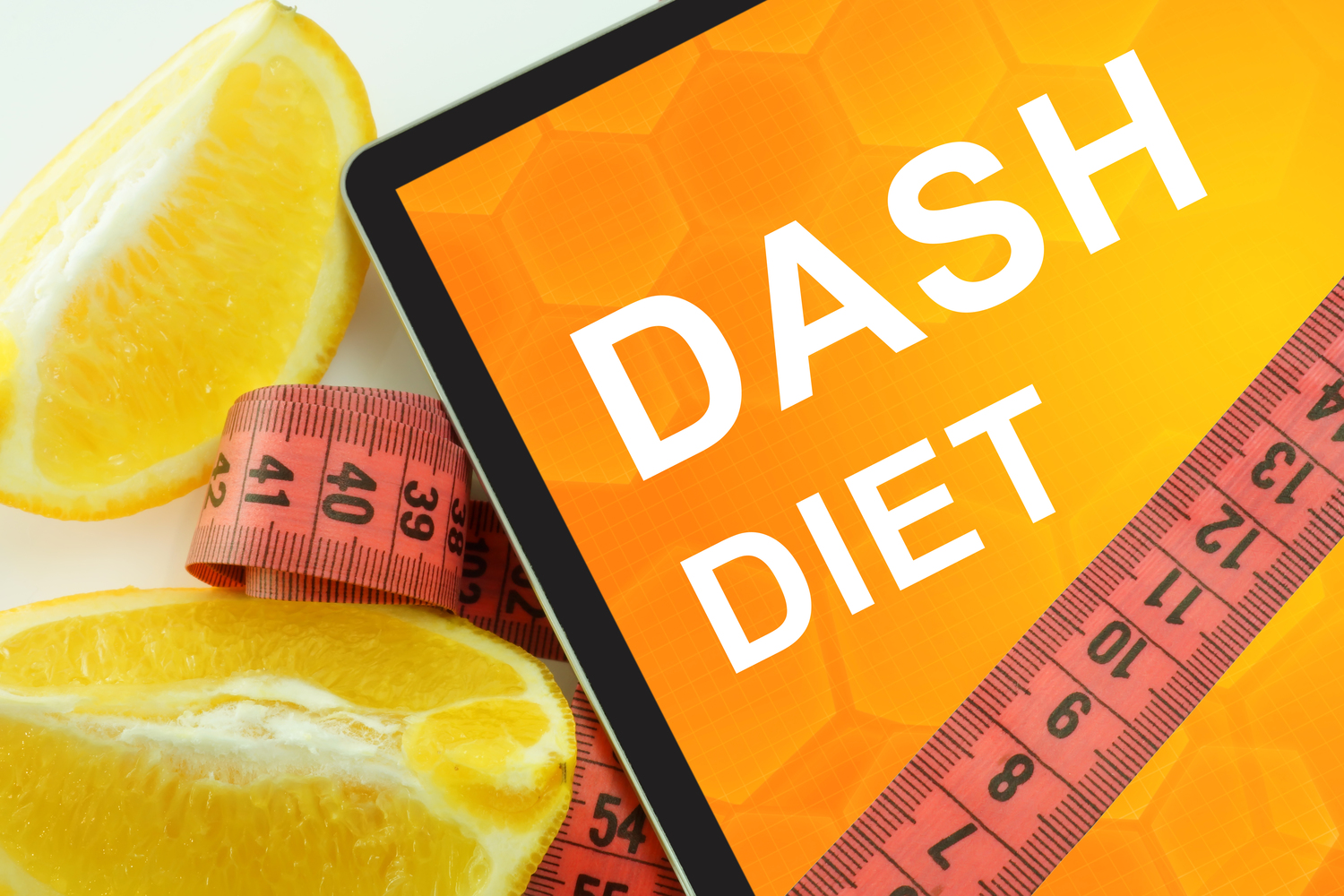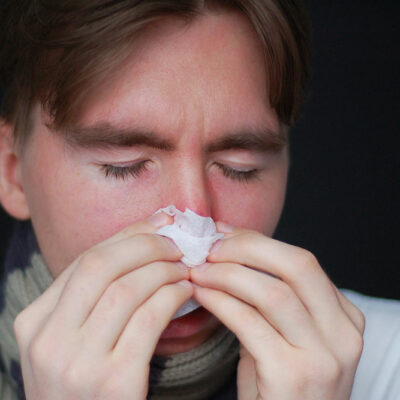
DASH Diet: Foods and Serving Sizes
DASH or the Dietary Approaches to Stop Hypertension is a diet that is followed by people who are in the process of treating hypertension or want to take steps to prevent it. Hypertension is a condition in which the blood pressure in the arteries is constantly elevated which can lead to other medical complications like heart disease or a stroke.
One of the ways to manage hypertension is by following a diet that is heart-healthy. This includes reducing salt intake, moderating alcohol consumption, eating more fruits and vegetables, and consuming less fat. While the diet does not specifically mention specific foods, it does provide daily and weekly nutritional goals.
1. Whole grains: 6–8 daily servings
Grains contain fiber and whole grains have a higher amount of it. This fiber is great for digestion and helps break down food properly.
Some examples of whole grains food that you can eat include:
- 1 slice of whole-wheat bread
- ½ cup of cooked cereal
- Rice or pasta
- 1 ounce of dry cereal
When consuming grains, always choose whole-grain substitutes whenever possible. Grains are also naturally low in fat, so it is recommended to eat them as is without adding any extra fat to it, such as cheese, butter, or cream.
2. Fats and oils: 2–3 daily servings
Fats help the body absorb essential vitamins and keeps the body’s immune system healthy. However, too much of it can prove to be harmful and increase the risk of heart disease, diabetes, or obesity-related health issues. With the DASH diet, it becomes easy to not only know the limit of fat consumption but also more focus is given to monounsaturated fats which are healthier.
Foods that you can eat under fats and oils include 1 teaspoon of soft margarine, 1 tbsp mayonnaise, or 2 tbsp salad dressing.
3. Sweets: 5 or less weekly servings
Don’t banish sweets from your diet but choose wisely. Have fat-free or low-fat sugars like sorbets, fruit ices, jellybeans, and low-fat cookies.
4. Nuts, seeds, and legumes: 4–5 weekly servings
You can include nuts almonds, peanuts, split peas, hazelnuts, walnuts, sunflower seeds, flaxseeds, kidney beans, and lentils.
You can eat about 50 grams of nuts, 40 grams of nut butter, 16 grams of seeds, or 40 grams of cooked legumes.
5. Meats, poultry, and fish: 6 or less daily servings
You can eat around 28 grams of cooked meat—chicken or fish is recommended; moreover, 1 egg can also be consumed. Avoid eating red meat or limit it to eating only once or twice a week.
6. Vegetables: 4–5 daily servings
All vegetables are okay to be consumed in a DASH diet. You can around 30 grams of raw, leafy green vegetables; spinach and kale are good examples. You can also consider eating around 45 grams of other raw or cooked vegetables like broccoli, carrots, tomatoes, or squash.
7. Fruit: 4–5 daily servings
These include consuming 1 apple, 50 grams of dried apricots, or 30 grams of fresh or frozen/canned peaches. You can eat various fruits to keep the diet bearable like apples, pears, peaches, berries, pineapple, and mangoes.
8. Low-fat/fat-free dairy products: 2–3 daily servings
Under these, you can consume around 1 cup skim, 1 percent milk, 1 cup of low-fat yogurt, or 1 ½ ounce of part-skim cheese.
9. Sodium: Around 2,300 mg daily servings
Consuming around 2,300 mg can be good enough on a DASH diet. However, if you can manage to consume around 1,500 mg, it can be considered appropriate as well.
A healthy diet will definitely help you manage medical issues without being too dependent on medicines.


